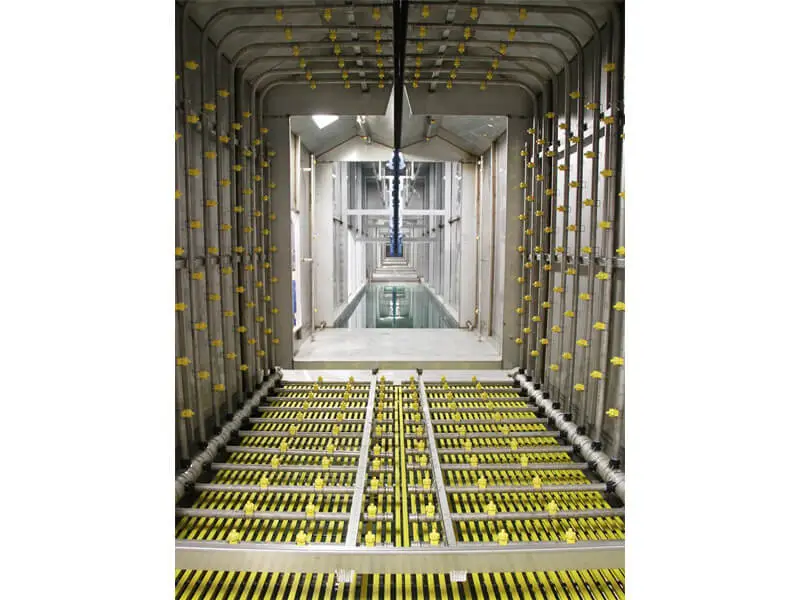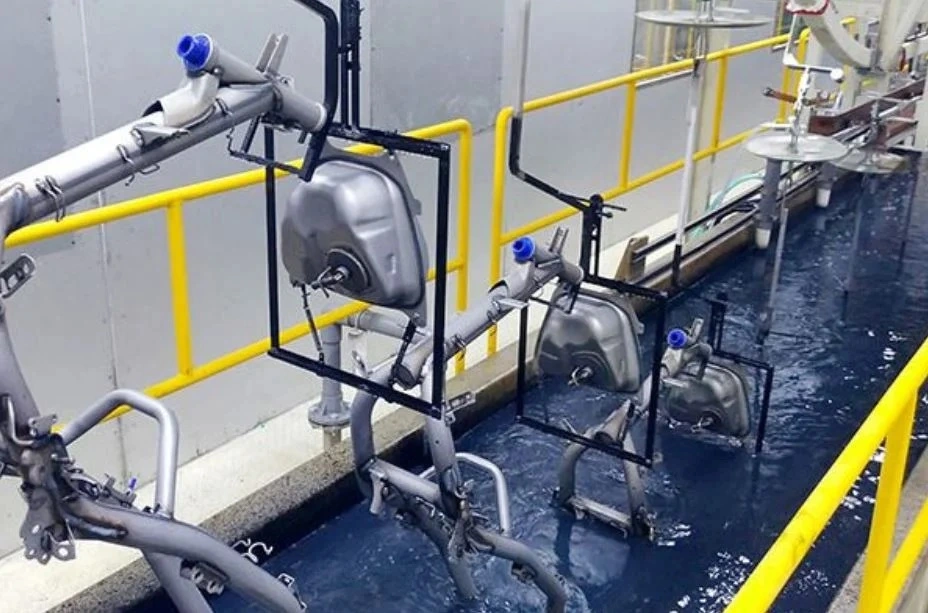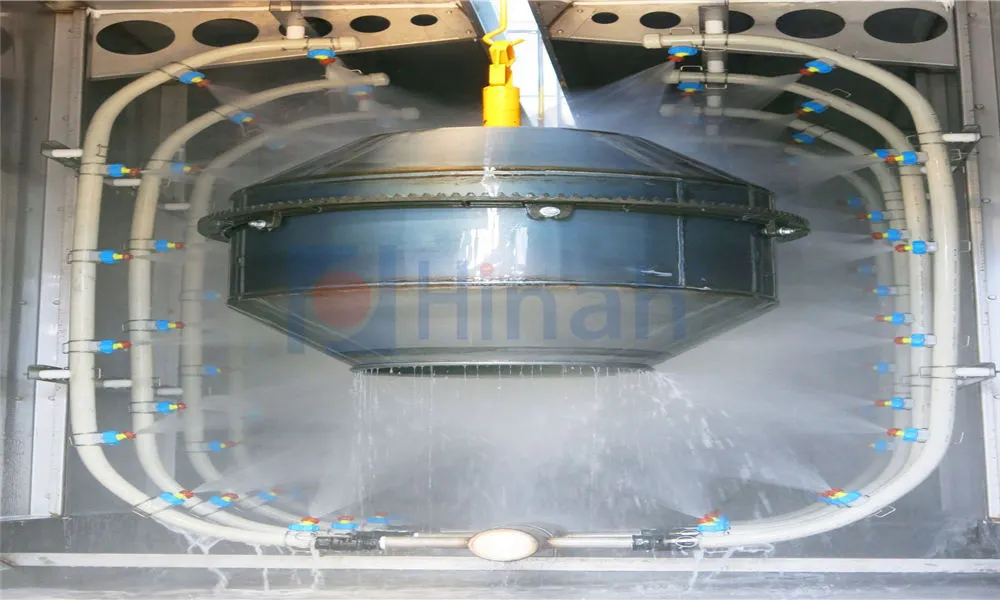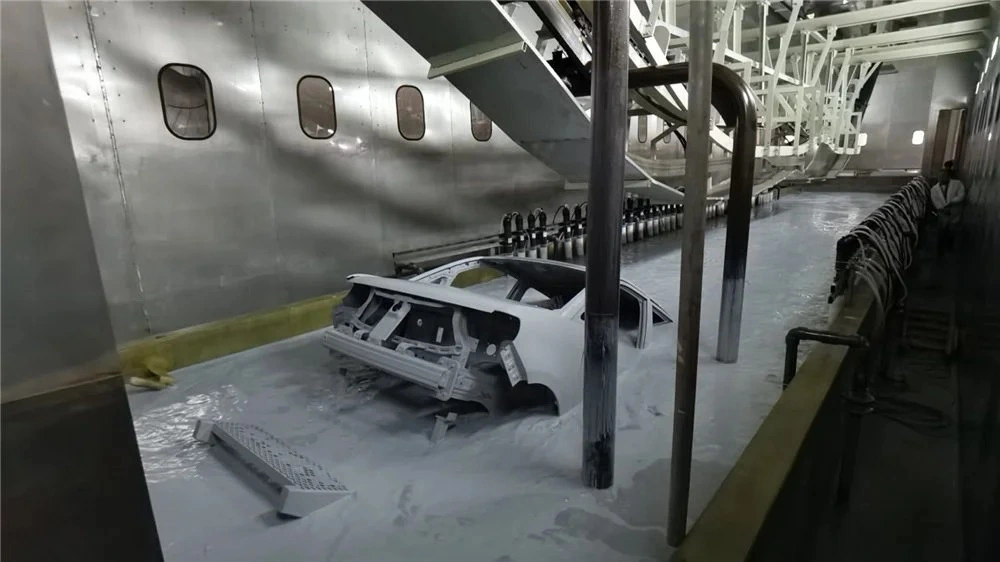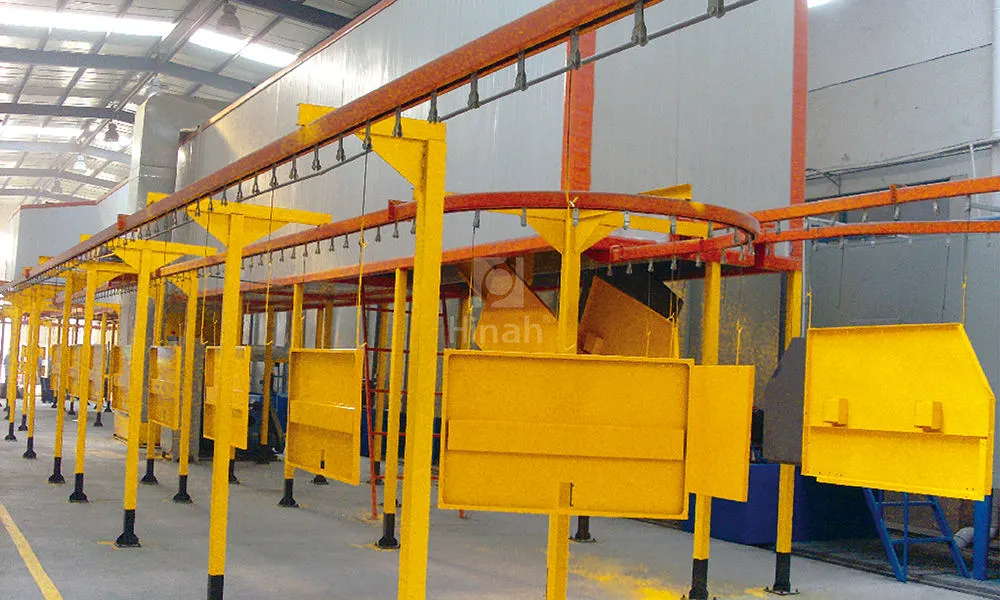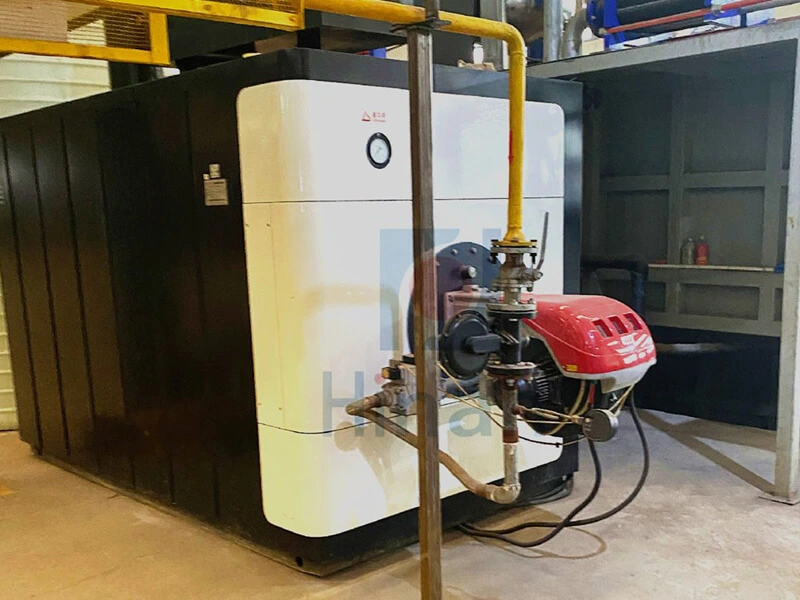For anyone involved in metal fabrication, manufacturing, or even a custom automotive shop, achieving a durable, high-quality finish is non-negotiable. At the heart of this process lies a critical piece of equipment: the powder coating booth oven. More than just a heated box, this integrated system is the decisive factor that transforms a sprayed powder into a resilient, seamless coating. Understanding its function, how to choose the right one, and the associated investment is crucial for operational success. This article delves into the intricacies of the powder coating booth and oven, providing a clear pathway for making an informed decision.
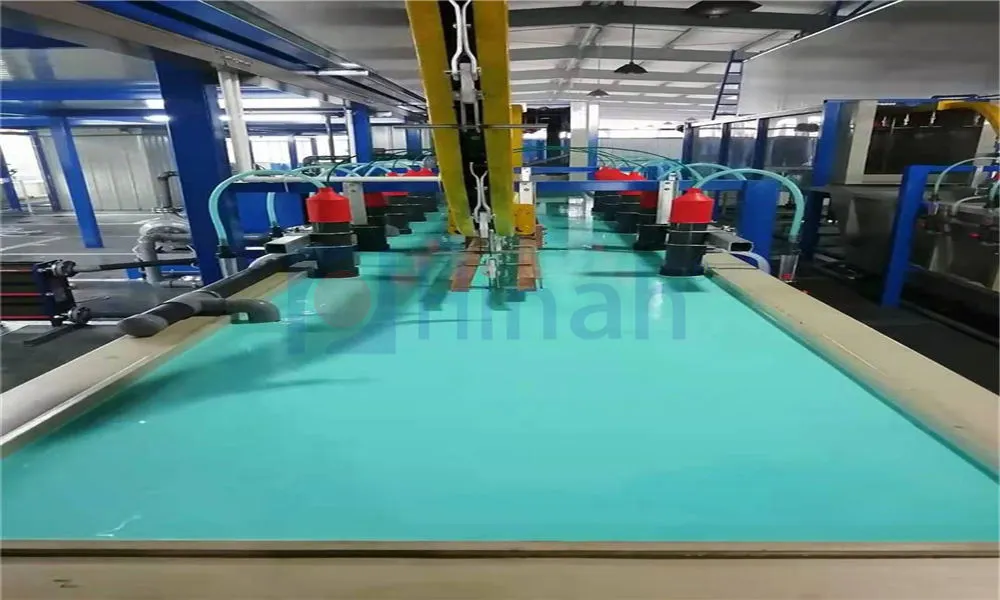
Understanding the Integrated System: Booth and Oven
While often referred to collectively, the powder coating booth and the powder coating oven are two distinct components with separate, vital roles. The entire powder coating system is a choreographed process where each part must perform flawlessly.
The Powder Coating Booth: This is the controlled environment where the powder is applied to the substrate. Its primary functions are containment, overspray recovery, and operator safety. A well-designed booth features lighting for visibility, a ventilation system to maintain a clean environment, and a method for collecting unused powder, often through a cartridge recovery system or cyclone. This ensures material efficiency and protects the operator from inhaling particles.
The Powder Coating Oven: This is the thermal chamber where the chemical transformation occurs. After the powder is applied in the booth, the parts are transferred to the oven. Here, controlled heat causes the powder particles to melt, flow, and then chemically cross-link (cure) into a solid, continuous film. The precise control of temperature and time within the powder coating oven is what determines the final properties of the finish—its hardness, adhesion, and corrosion resistance.
Key Considerations When Choosing a Powder Coating Booth Oven
Selecting the right powder coating system is not a one-size-fits-all endeavor. The choice impacts your throughput, finish quality, and long-term operational costs. Here are the primary factors to guide your selection.
1. Production Volume and Part Size
Your daily or weekly output is the most significant driver. For low-volume or job-shop environments, a batch oven, where parts are loaded, cured, and unloaded in cycles, is often sufficient. For high-volume, continuous production, a conveyorized system with a continuous oven is essential. This integrates the powder coating booth and oven into an automated line, with parts moving continuously through both application and curing stages.
The internal dimensions of both the booth and the oven must accommodate your largest parts, with adequate space for proper airflow and powder application. Consider both physical size and the weight of the racks or fixtures used to hold the parts.
2. Heat Source and Efficiency
The method of heating directly impacts operating costs and control.
Electric: Electric powder coating ovens are common, offering clean, precise, and easily controllable heat. They are often simpler to install but can be more expensive to run depending on local electricity costs.
Gas (Natural Gas or Propane): Gas-powered ovens typically have lower operating costs, especially for larger systems. They require proper venting and combustion air, making installation more complex, but are a popular choice for high-volume industrial applications due to their efficiency.
3. Insulation and Airflow
The quality of insulation in your powder coating oven is a direct investment in energy savings. High-quality insulation (e.g., mineral wool) reduces heat loss, allowing the oven to recover temperature faster after loading and maintain a stable cure temperature with less energy.
Proper airflow, engineered through strategically placed baffles and a powerful circulation fan, is critical for temperature uniformity. A uniform heat profile throughout the entire powder coating oven chamber ensures every part, regardless of its location, cures correctly and consistently.
4. Control Systems
Modern powder coating ovens come with digital control systems. Look for a system with a programmable logic controller (PLC) and a clear touchscreen interface. This allows operators to set and store precise time and temperature profiles for different coatings and parts, eliminating guesswork and ensuring repeatable quality. Data logging capabilities can also be valuable for quality control records.

Navigating the Cost of a Powder Coating System
The investment in a powder coating booth oven system varies widely. A small, standalone booth and batch oven for a hobbyist or small shop will represent a modest capital outlay. In contrast, a large, custom-designed, conveyorized powder coating system for an industrial plant is a major capital project.
Beyond the initial purchase price, consider the total cost of ownership:
Installation: Costs for electrical or gas hookups, ventilation ducting, and potential facility modifications.
Energy Consumption: The ongoing cost of electricity or gas.
Maintenance: Regular upkeep of filters, heating elements, burners, and fans.
Powder Recovery Efficiency: A high-efficiency recovery system in your powder coating booth will pay for itself over time by reclaiming more unused powder.
The Role of Technology in Modern Finishing Systems
Advancements in technology have made powder coating booth ovens smarter and more efficient. Modern systems feature improved insulation materials, variable frequency drive (VFD) fans for better energy management, and IoT connectivity for remote monitoring and diagnostics. These innovations provide operators with greater control and insight into the curing process, leading to higher quality outcomes and reduced waste.
The powder coating booth oven is the engine of a successful finishing operation. It’s a sophisticated piece of industrial equipment where the interplay between application environment and thermal curing defines the final product's integrity. By carefully evaluating your production needs, part specifications, and long-term operational goals, you can select a powder coating system that delivers not just a beautiful finish, but also reliability, efficiency, and a strong return on investment for years to come.
Frequently Asked Questions (FAQs)
Q1: What is the typical temperature and time required inside a powder coating oven for curing?
A1: The exact temperature and time depend entirely on the specific powder coating formulation being used. However, a common range for most thermosetting powders is between 350°F and 400°F (177°C - 204°C). The cure time typically begins once the part itself reaches this temperature, and can range from 10 to 20 minutes. Always refer to the technical data sheet (TDS) provided by the powder manufacturer for the precise cure schedule.
Q2: Can I build my own powder coating booth and oven?
A2: While it is technically possible for individuals to build small-scale systems, it is generally not recommended, especially for the oven. A DIY powder coating oven presents significant safety risks, including fire hazards and the potential for toxic fume release if materials are not rated for high temperatures. Achieving the critical temperature uniformity required for a proper cure is also very challenging without professional engineering. For any commercial or serious professional use, a professionally manufactured system is essential for safety, quality, and reliability.
Q3: How often does the filter in a powder coating booth need to be replaced or cleaned?
A3: The frequency depends on your usage volume. In a high-production environment, cartridge filters may need to be cleaned daily or weekly using an air gun to dislodge excess powder. For smaller shops, it might be a weekly or bi-weekly task. A clear sign that cleaning is needed is a noticeable drop in suction or overspray clouding the booth. The filters themselves should be replaced when they become damaged or can no longer be effectively cleaned, which could be every 6 to 12 months with heavy use.
Q4: What is the main difference between a infrared (IR) curing oven and a conventional convection oven?
A4: A conventional convection powder coating oven heats the air, which then transfers heat to the part. This is a very effective and uniform method. An infrared (IR) oven uses electromagnetic radiation to transfer heat energy directly to the part and the powder, much faster than heating the surrounding air. IR ovens offer faster heat-up times and can be more energy-efficient for certain applications, but they can struggle with complex, three-dimensional parts where shadows may prevent even curing. Convection ovens are generally better at handling parts with complex geometries.
Q5: Our production needs are growing. Is it possible to upgrade an existing batch system to a conveyorized system?
A5: In many cases, yes. Some equipment manufacturers offer modular designs that can be expanded. You might start with a batch powder coating booth oven and later integrate a conveyor system to link them, creating a semi-automated line. The feasibility depends on the specific design of your existing equipment and the available floor space. It's best to consult with the original equipment manufacturer or a specialist to assess the potential for an upgrade path.


